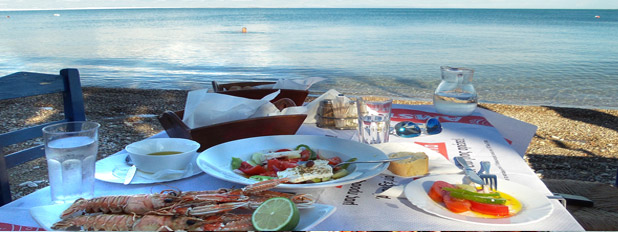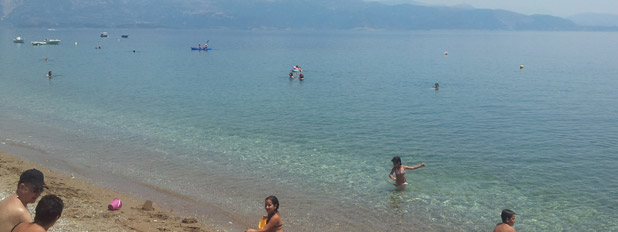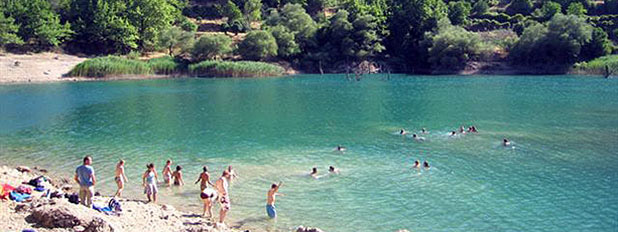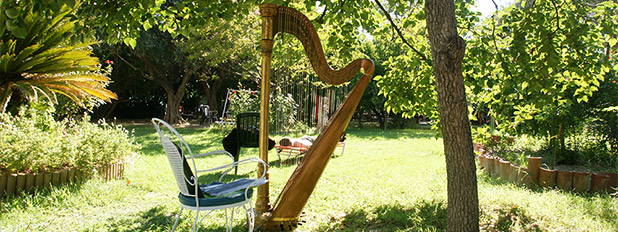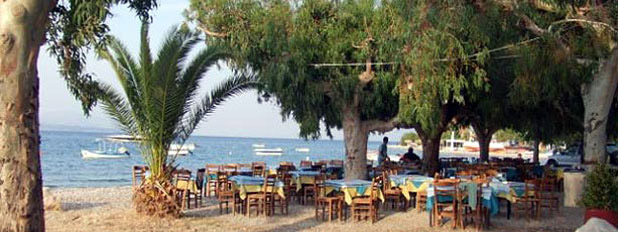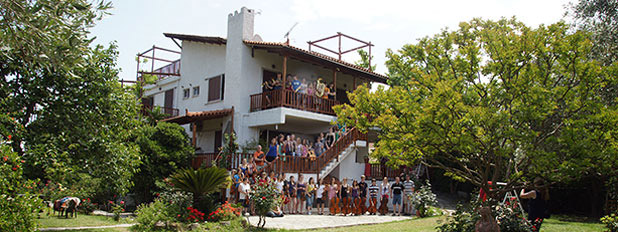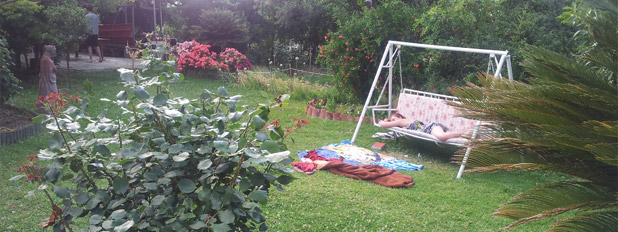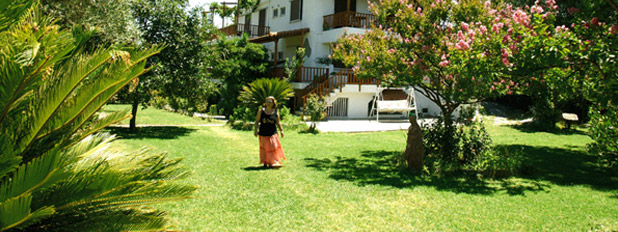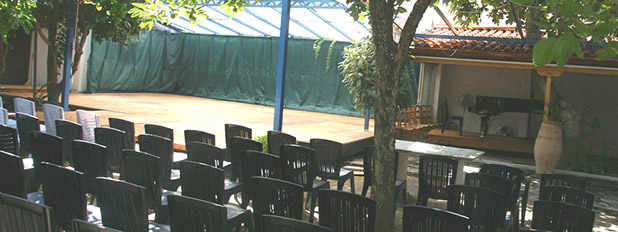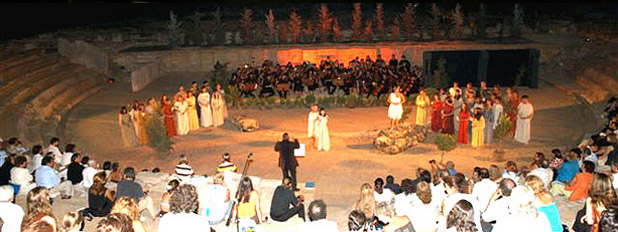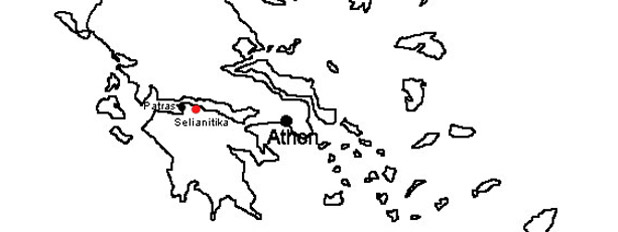Archaeological News
The Sunken Ancient City of Helike
12 km east of the Hellenikon Idyllion, the Greek achaeologist Dora Katsonopoulou and the American physician Steven Soter have found the first traces of the sunken city of Helike during their research in 2002/3. Helike had been the principal city of ancient Achaia from the time of the foundation in the Mycenaean Period until the time of its destruction in 373 B.C. and was a venerated center for worship of Poseidon, the god of earthquakes and the sea. It was the mother-city of the colonies of Priene in Asia Minor, and the famous Sybaris in southern Italy. Helike was suddenly destroyed on a winter night in 373 B.C. when a violent earthquake followed by immense waves destroyed the city and drowned their ruins under the sea waters.
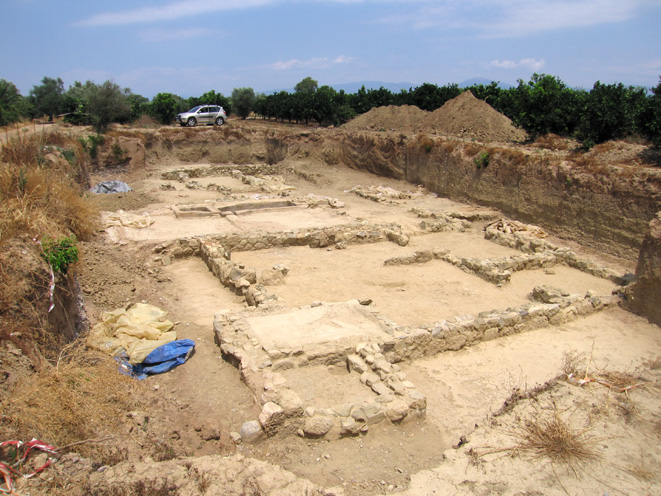
Dora Katsonopoulou, a native of Aigion, started her quest for Helike in the early 80´s, then a Phd graduate student a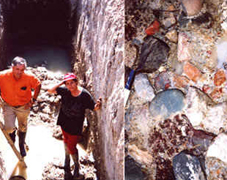 t Cornell University of New York. At Cornell she started working with the physicist Steven Soter who had been for long interested in the history of earth-quakes and was much intrigued by literary accounts of the disappearance of Helike in 373 B.C.
t Cornell University of New York. At Cornell she started working with the physicist Steven Soter who had been for long interested in the history of earth-quakes and was much intrigued by literary accounts of the disappearance of Helike in 373 B.C.
Under Kastanopoulou's lead, archaeologists discovered in one trench Archaic (6th c. B.C.) walls and foundations of a significant building constructed with multi-colored stones: red and green psammite, black dolomite, gray limestone with In another, they found paving stones from a buried road dated to the 5th c. B.C. The thick layers of marine and lake sediments confimed reports of ancient writers which say that the ruins of the city were submerged by the sea. The archaeologist say that the discovery of the segment of a classical road may be especially rewarding, because the discovery of its entire course could lead them to the city.

Excavation of a prohistoric house with docks, which was propably also used as port of Helike.
Further information can be found in the following article published in the journal Archaeology.






